Tokyo is known to be a fashion hotspot.
In particular, Harajuku is famous for being the birthplace of new and seemingly bizarre fashion trends. On any given day a casual passerby can see dozens of different styles. To the untrained eye, these different looks may blend together into a blob of generally unfamiliar and foreign styles, when the reality is that there are dozens of completely different and unique lifestyles which each set of clothes.
To aid the fashion fanatic within you, here is a basic guide to some of the more popular street fashions in Japan.
Lolita
While its origin is somewhat unclear, Lolita style first became apparent in the 1970s, when several clothing manufacturers inexplicably began making Victorian style clothing. It wasn't until the 1990s that the look was popularized by several Japanese bands, causing many to adopt the style as their own.
Like most fashions in Tokyo, Lolita can be split into several subcategories, but the shared characteristics are modesty, quality garments, layers, cupcake or A-line dress, blouses and hairpieces.
While Lolita is predominantly a female style, it is not terribly uncommon for men to cross-dress in Lolita. Some men instead opt for the Ouji style, which imitates Victorian aristocrats and is often considered the male equivalent of Lolita. However, after Ouji became popular, many girls started cross-dressing in that style. A good rule of thumb when in Harajuku is to not assume you know the gender of whomever you're talking to.
Mori Kei
Characterized by modest layers and floral accents, Mori Kei is often translated to "Forest Girl." Practicers of this style live in a bit of a paradox. The mission statement is to "aspire to be uncomplicated," but the lifestyle itself has sixty-two official rules, which is a lot even by Harajuku standards.
The basics, however, are natural hair (color and style), layers, lace, earth tones, floral scented or no perfume, practical shoes, minimal or no makeup, gold jewelry and accents and a strong attraction to antique items.
Visual Kei
Started in the 1980s, Visual Kei was pioneered by several Japanese bands. The idea was to dress slightly - if not completely - androgynously, as well as to wear heavy makeup, highly styled hair and layers of detailed clothing. While initially just worn by the bands, the look was soon adopted by fans and fashion junkies.
The exact type of clothing and makeup varied from band to band in the '80s, but has since morphed into a look generally consisting of studs, leather, chokers, piercings, feathered haircuts, chains, and asymmetrical patterns. In the past decade or so, Visual Kei has found popularity in America with the Cyberpunk and glam rock movements.
Decora
The simplest way to explain Decora to someone would be to walk them into a Claire's store, point to the wall of colored clips and jewelry, and tell them to imagine wearing all of them at the same time.
While that example may not be entirely accurate, Decora's main characteristics are lots of colors and lots of cute accessories. When the fashion first started in the late '90s, the color schemes were typically neon, and many followers had black or brown hair. Since then, many Decora have split off in a more pastel direction, and most wear colored wigs to match their outfit. While the clips and pins may seem randomly placed, a lot of time and effort go into choosing which clips to wear and how to wear them.
Shironuri
Shironuri translates to "painted in white," and originated in the mid twentieth century. People would don military-esk uniforms and paint their faces with Geisha makeup. This garb was meant to represent their support for their country. It wasn't until recently that Shironuri was completely reinvented in a big way. The new interpretation is meant to embody nature and divinity, the only requirements being the painted face and many light, beautiful layers. Any practicing Shironuri are also meant to use their style as a way of appreciating and remembering nature.
Cult Party Kei
Nicknamed "Pajama Kei" due to the level of comfort of the clothing, this style is named after a resale shop in Harajuku (it has since changed its name). Like many others, Cult Party Kei requires many layers and accessories.
However, while it draws from the vintage clothing used in Mori, Cult Party Kei incorporates many pop culture accents in the jewelry, pins and hair pieces.
Tokyo is home to dozens of fashion sub-cultures. Each one has its own lifestyle and rules, and the practice means something different to each person involved. By no means is this an exhaustive guide. If you would like to try one of these styles, I encourage you to further research it, so you can better understand the mindset and purpose of the fashion.




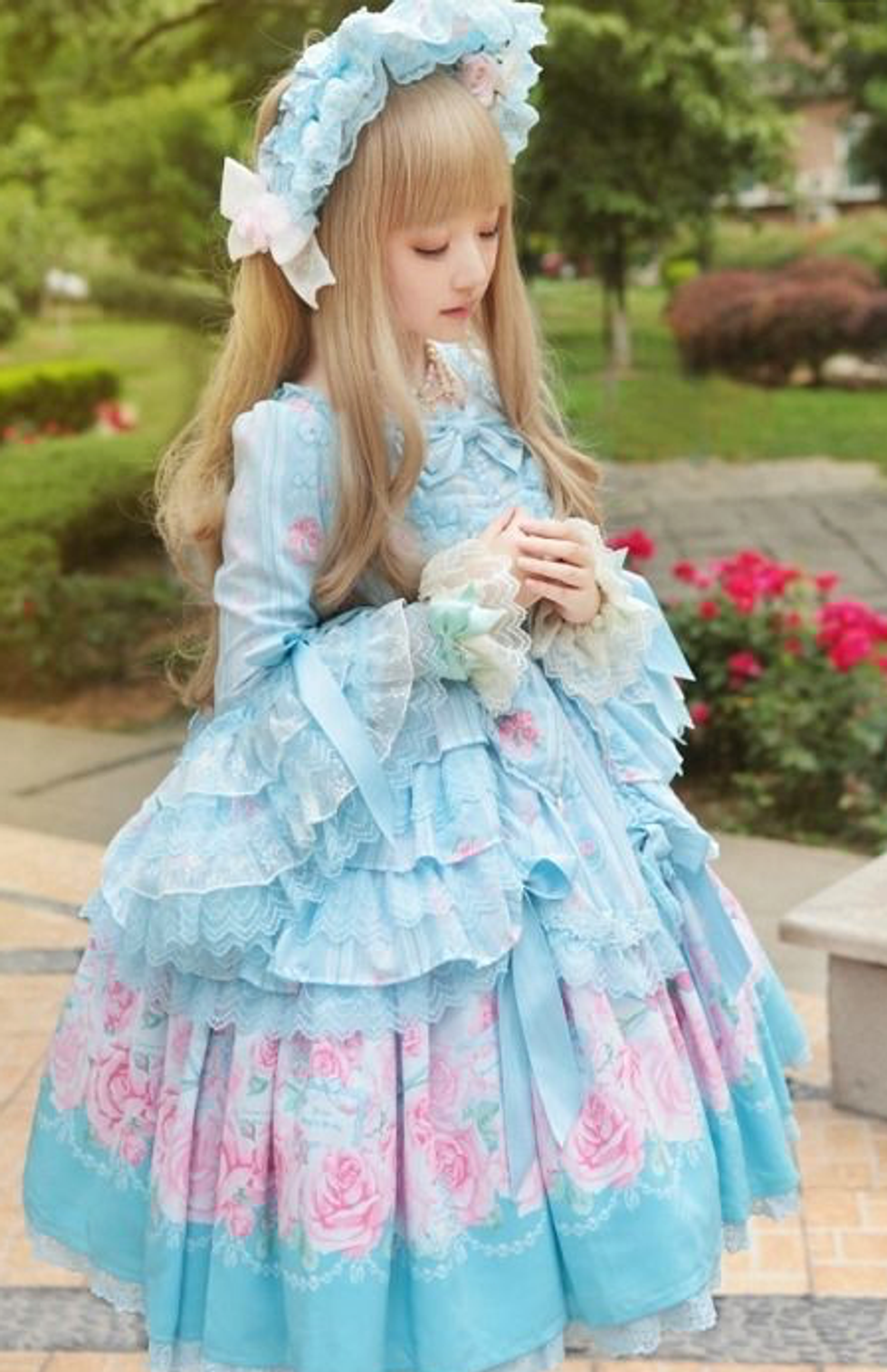
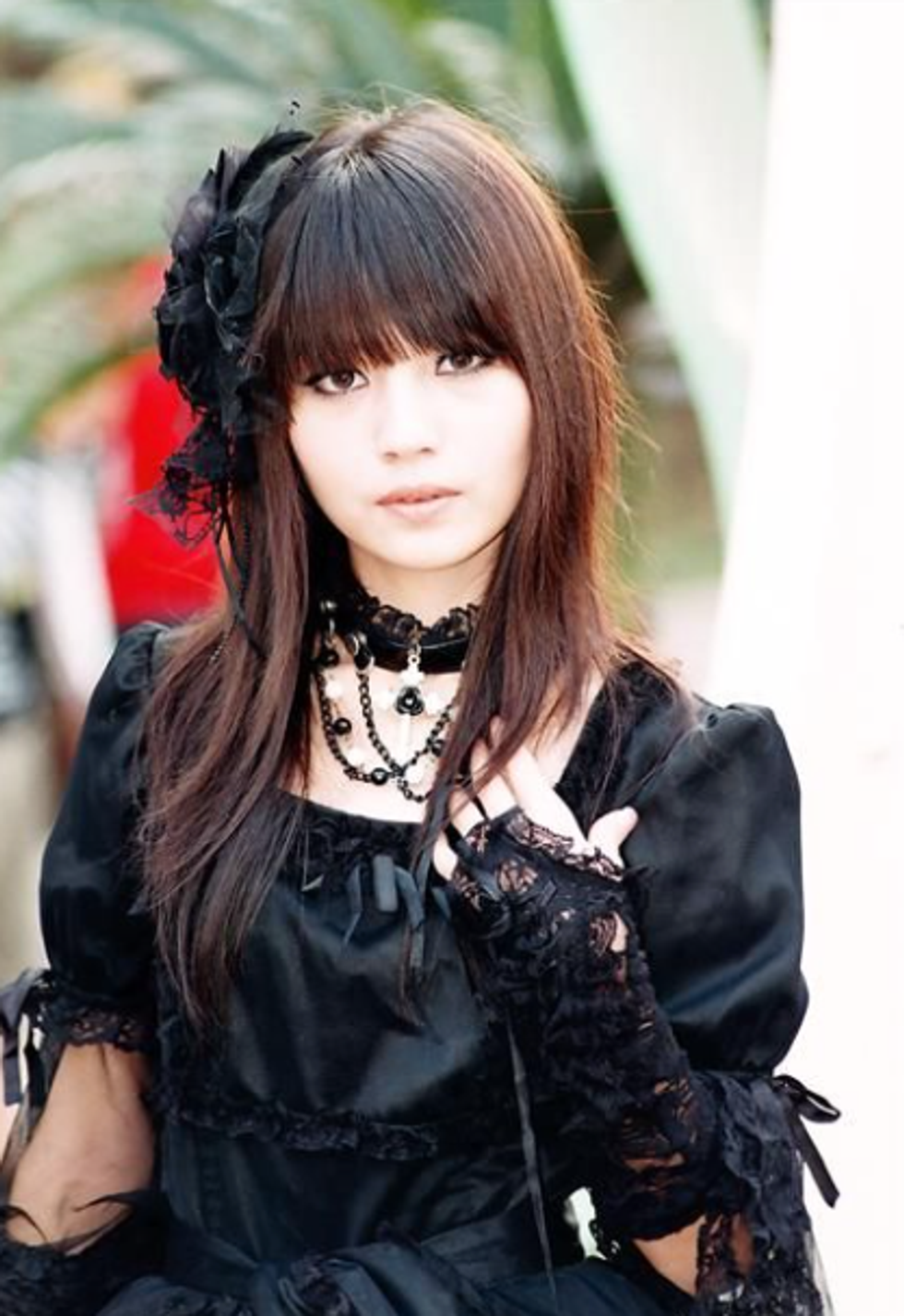
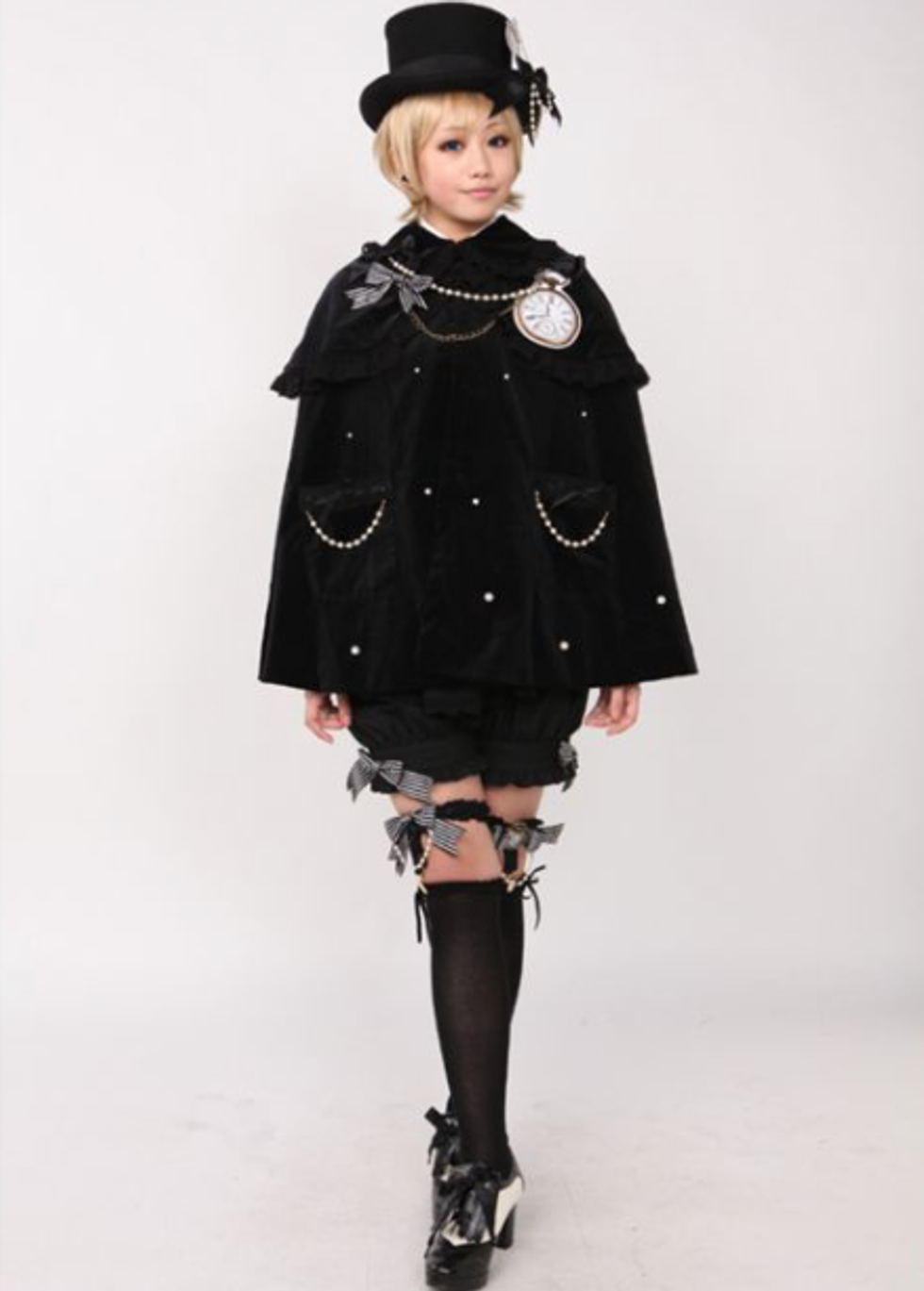
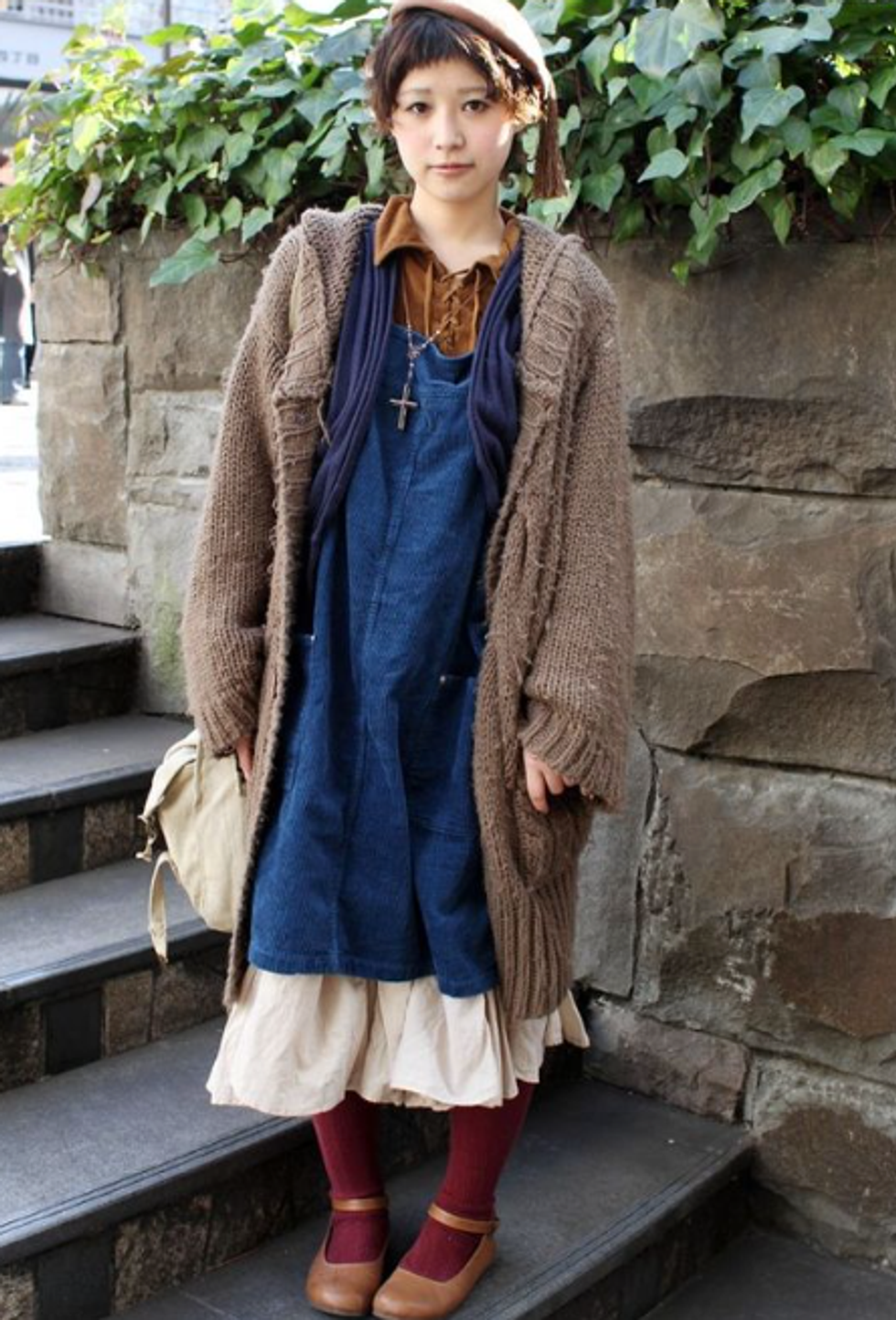
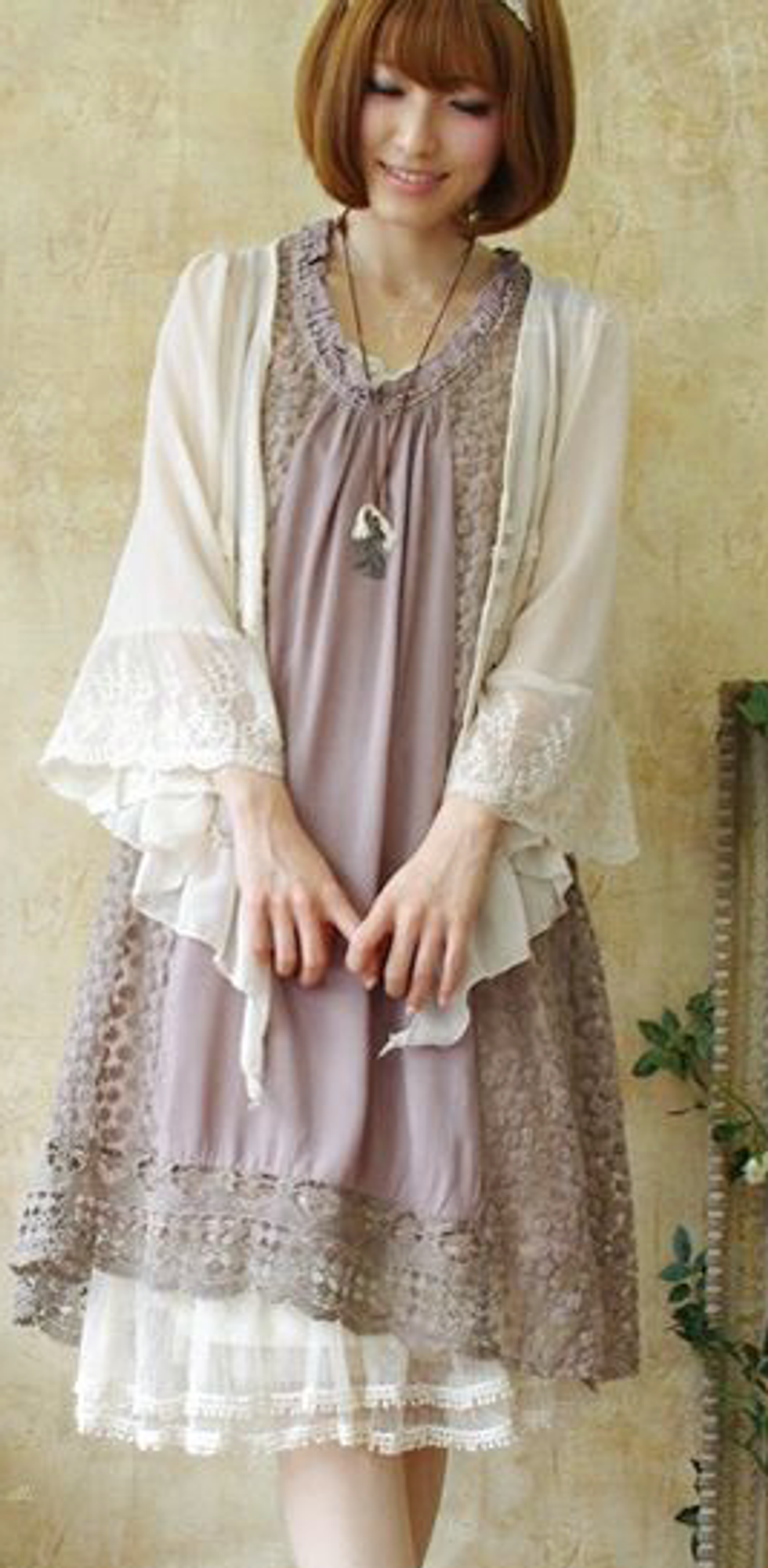
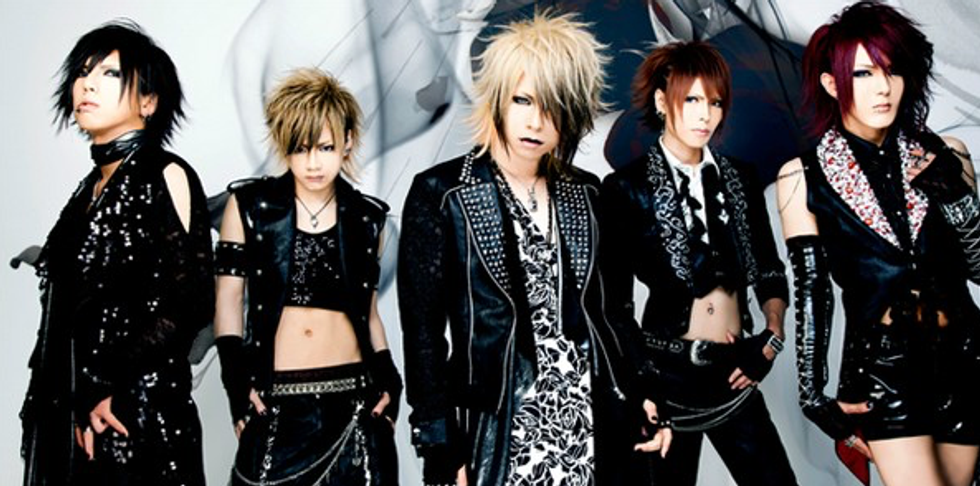
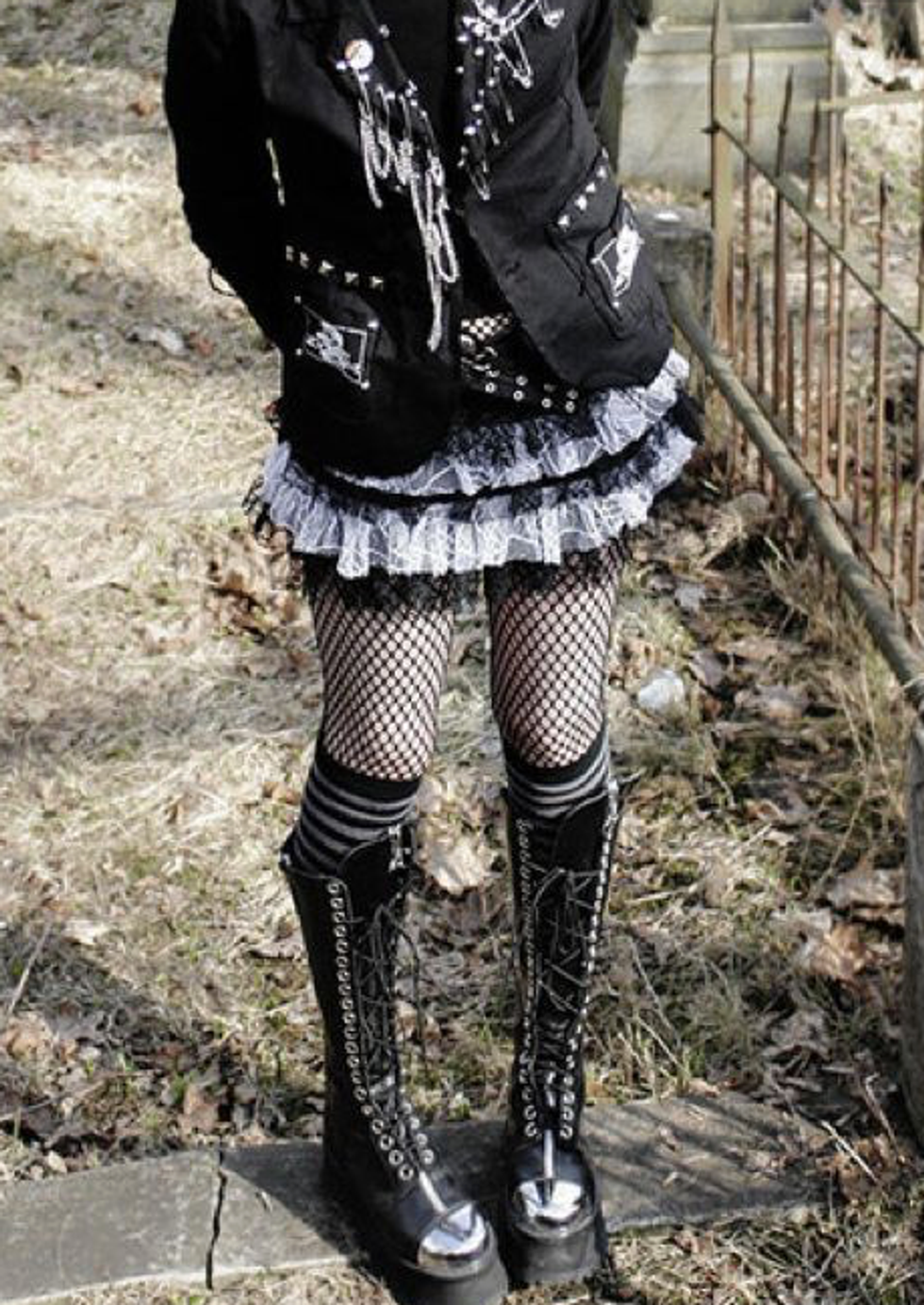
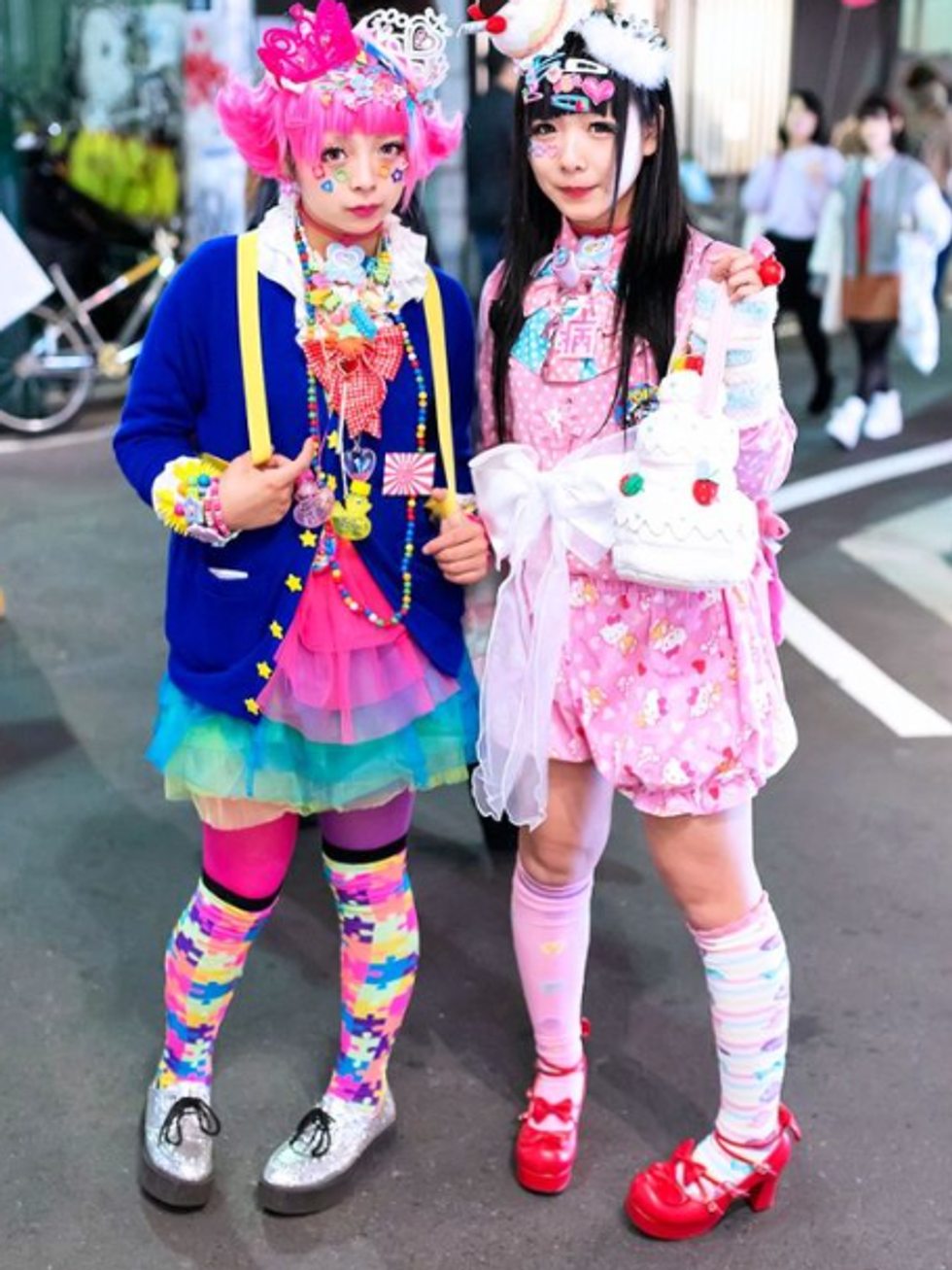
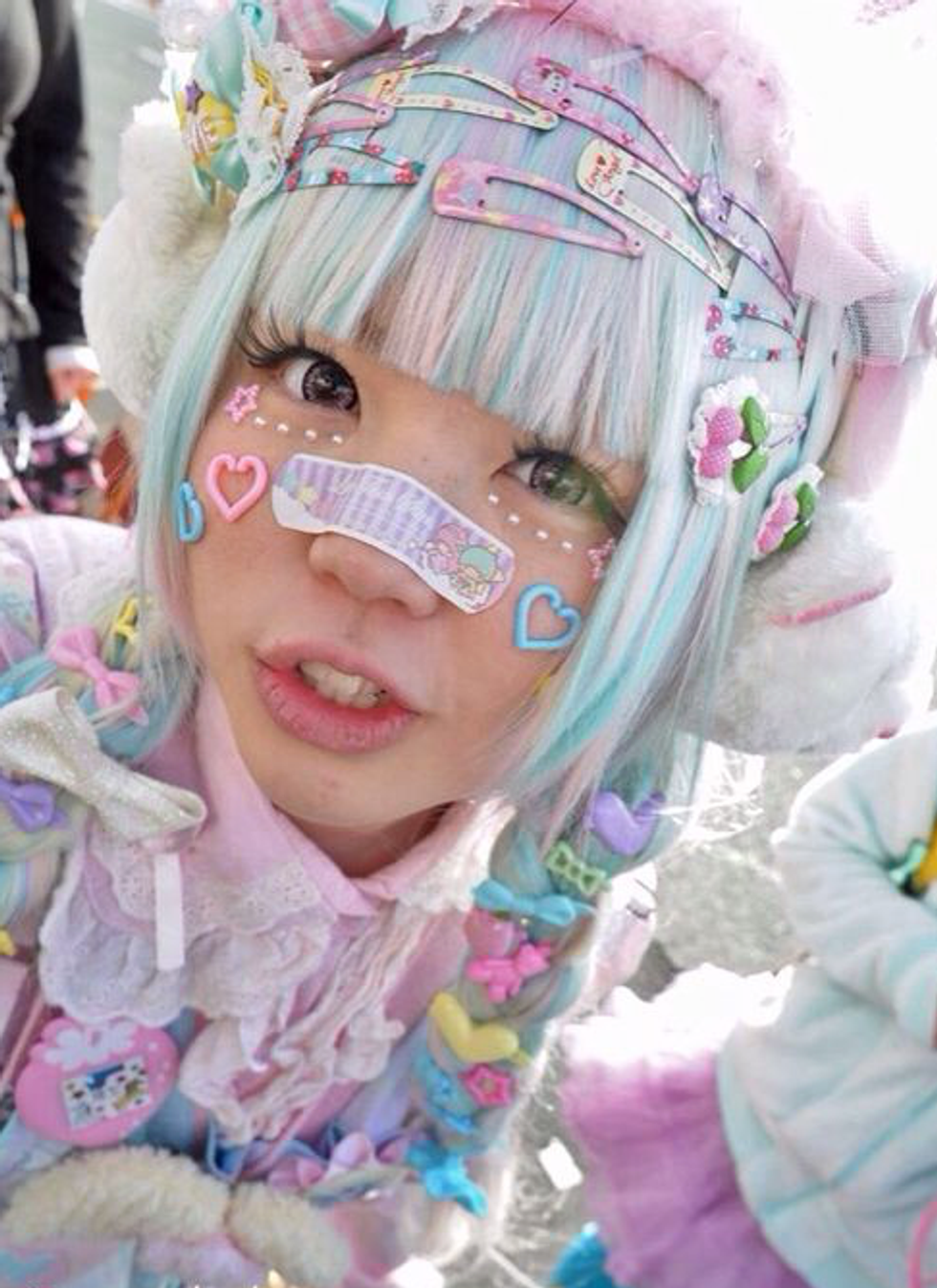
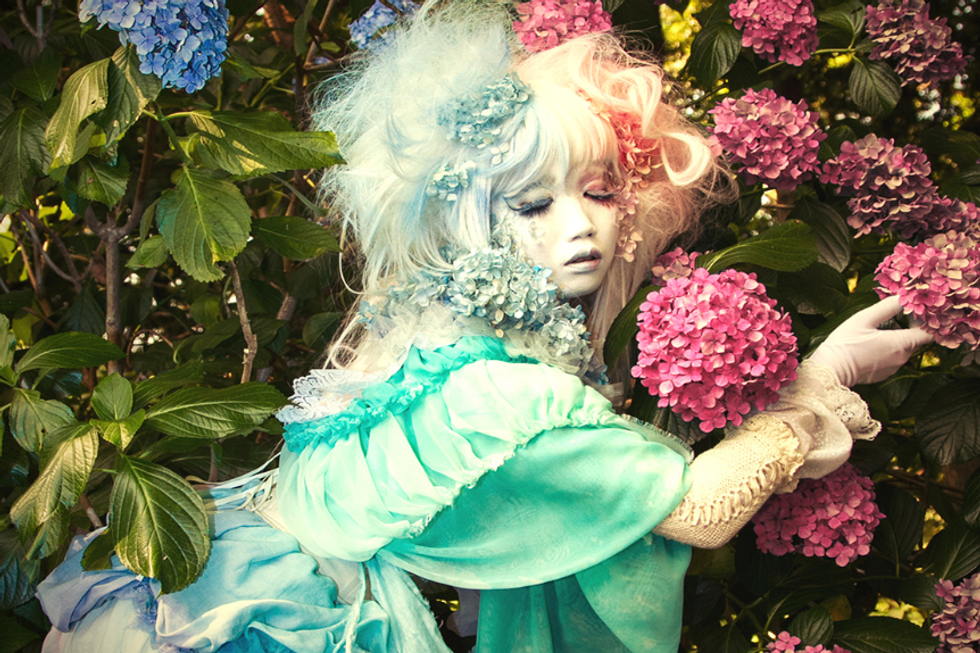
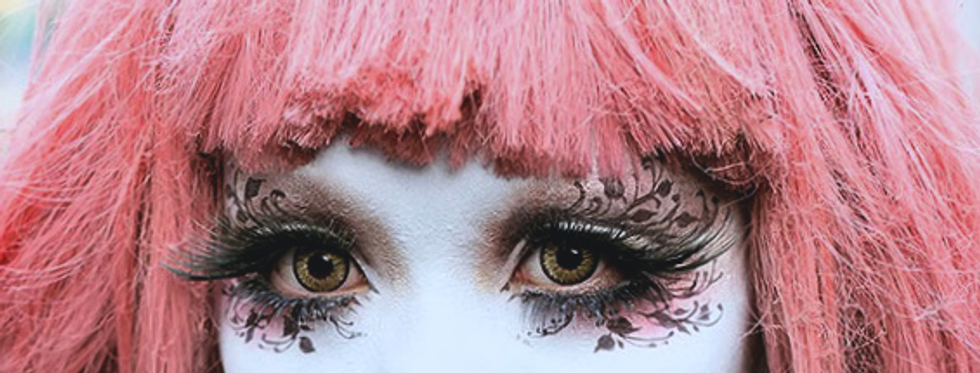
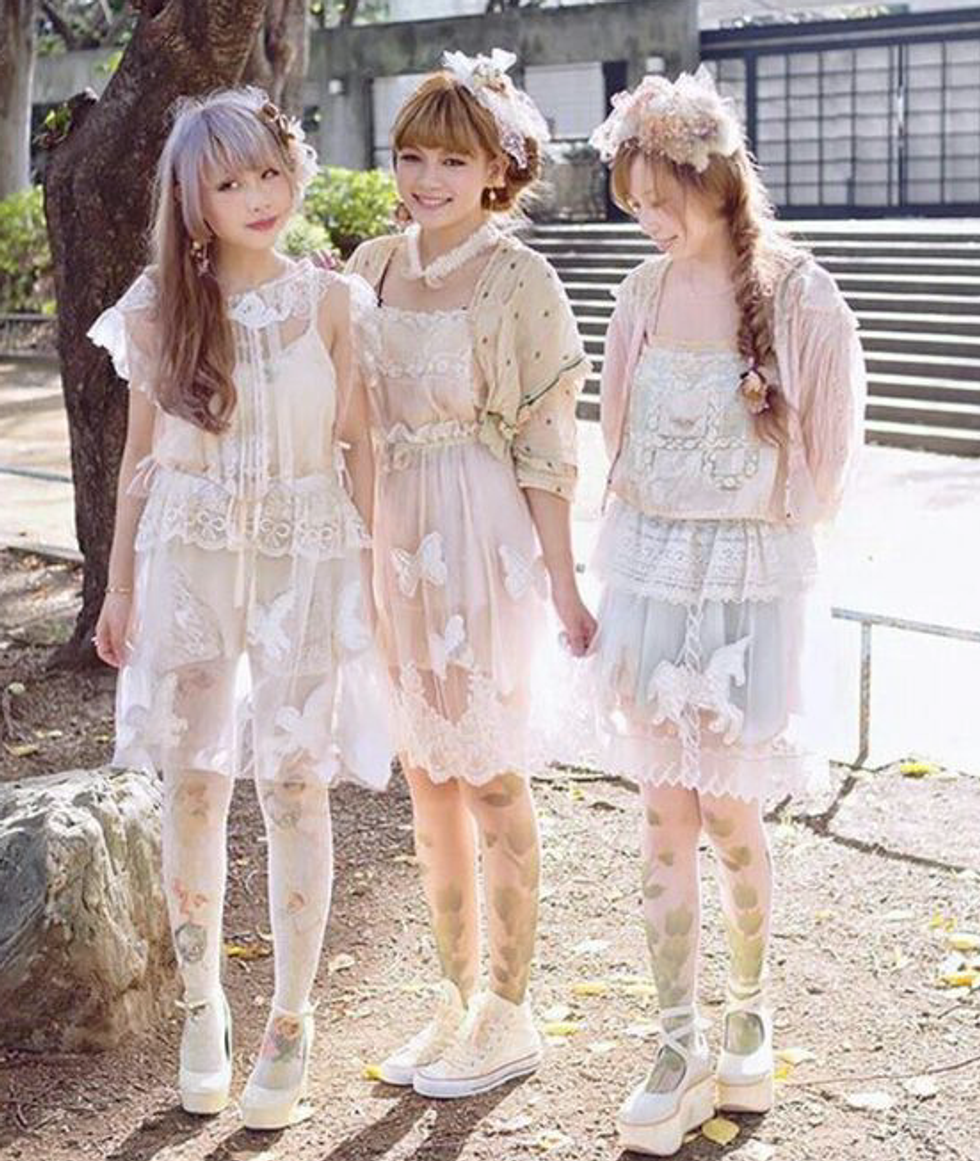
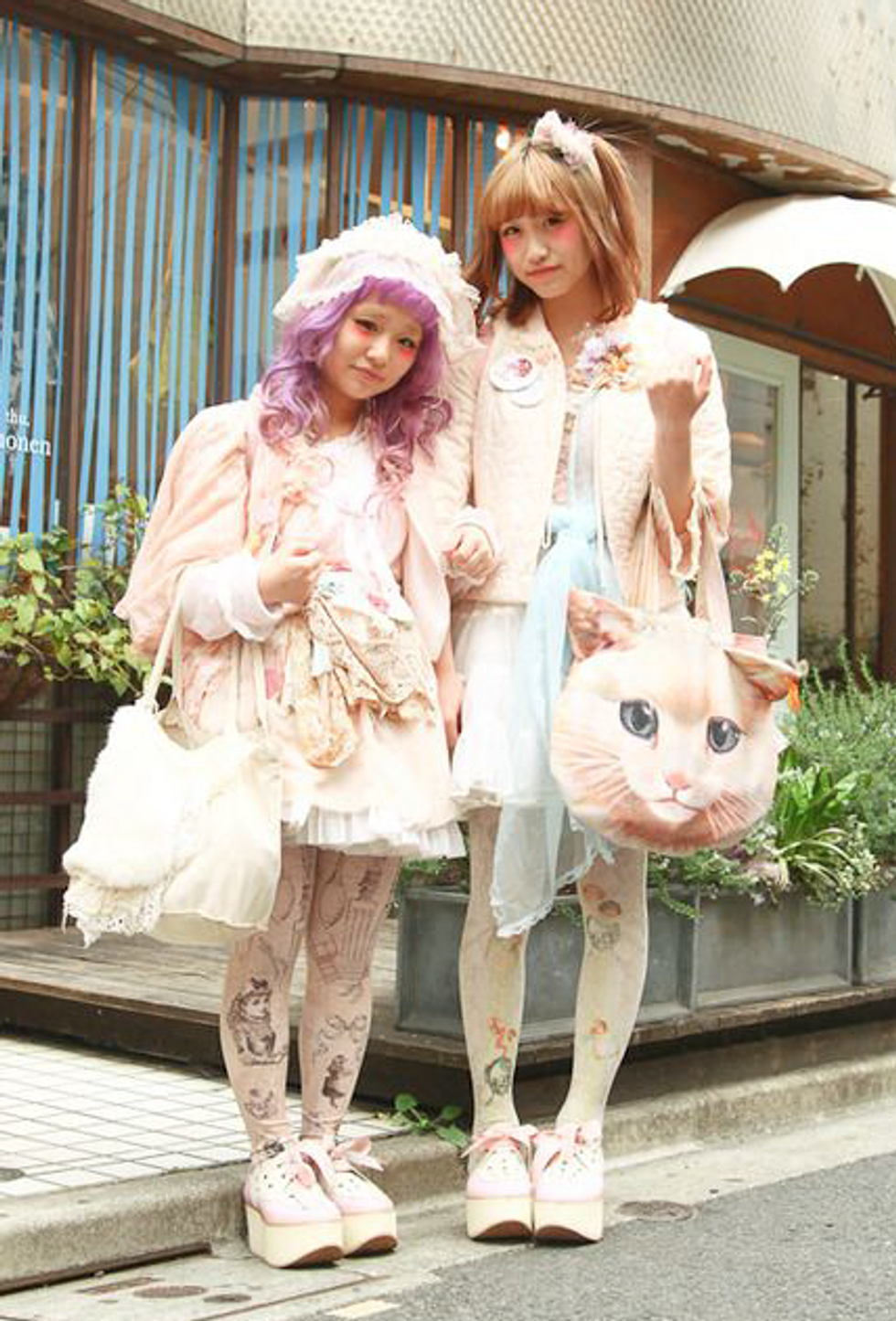


 Energetic dance performance under the spotlight.
Energetic dance performance under the spotlight. Taylor Swift in a purple coat, captivating the crowd on stage.
Taylor Swift in a purple coat, captivating the crowd on stage. Taylor Swift shines on stage in a sparkling outfit and boots.
Taylor Swift shines on stage in a sparkling outfit and boots. Taylor Swift and Phoebe Bridgers sharing a joyful duet on stage.
Taylor Swift and Phoebe Bridgers sharing a joyful duet on stage.













